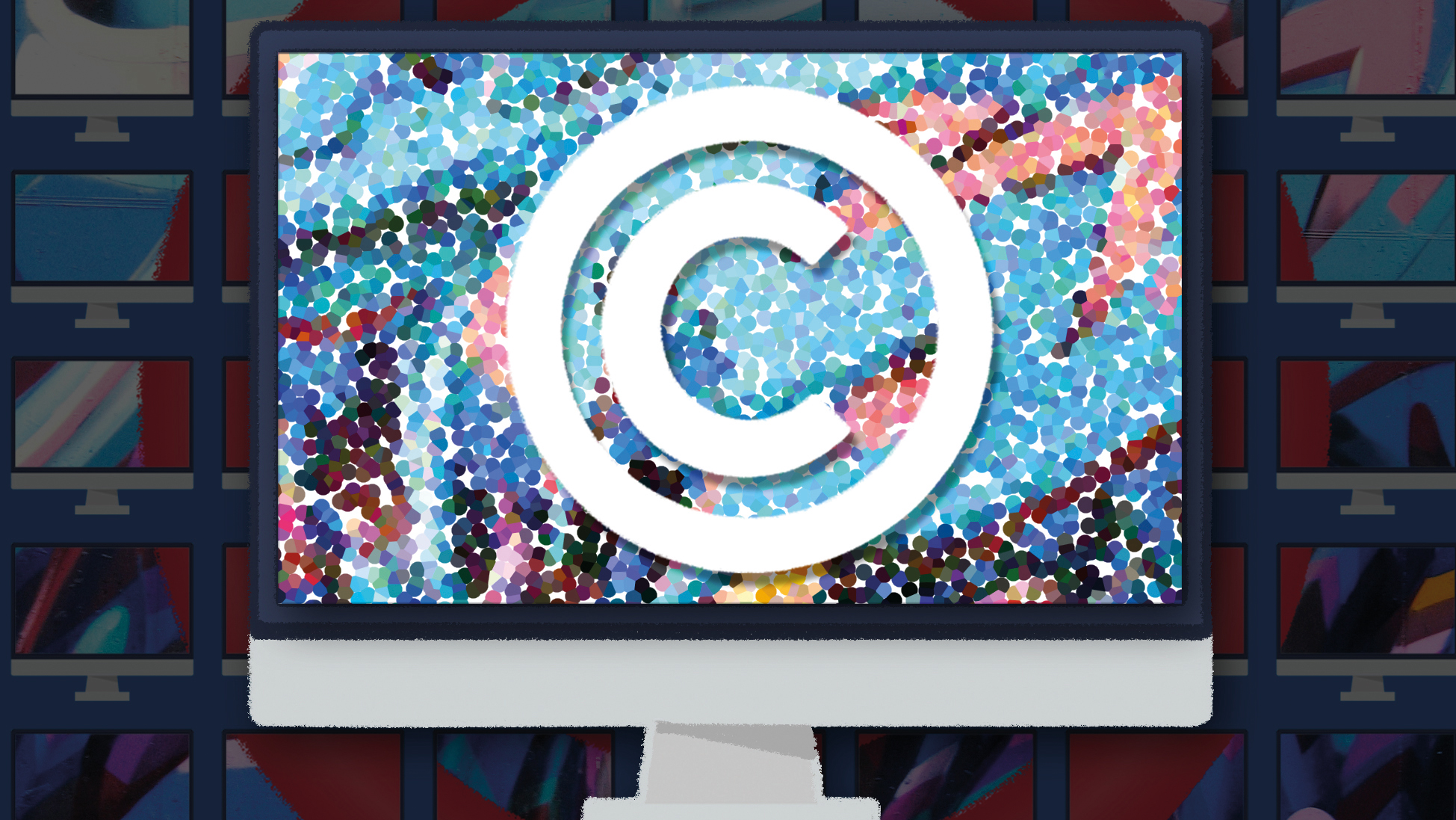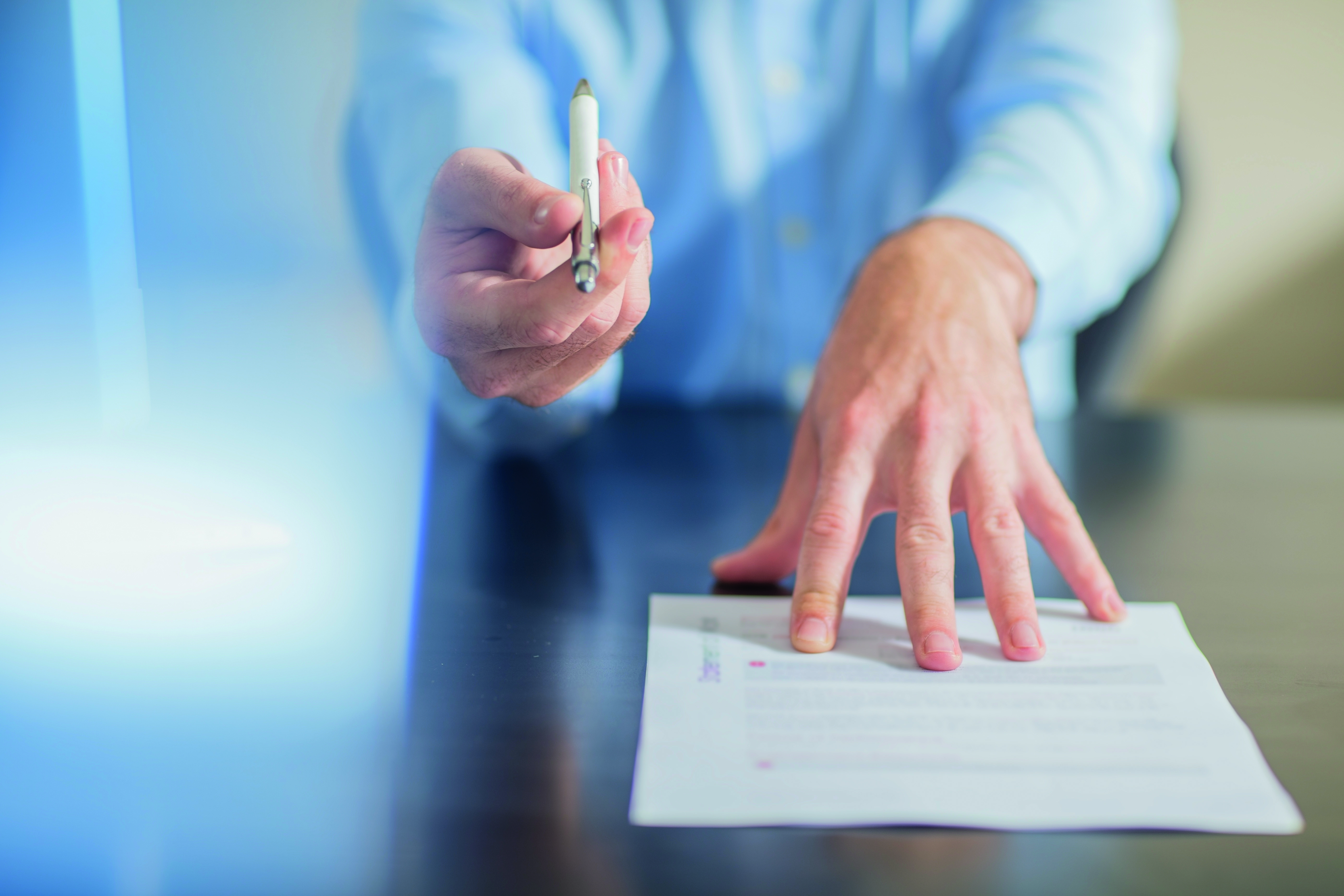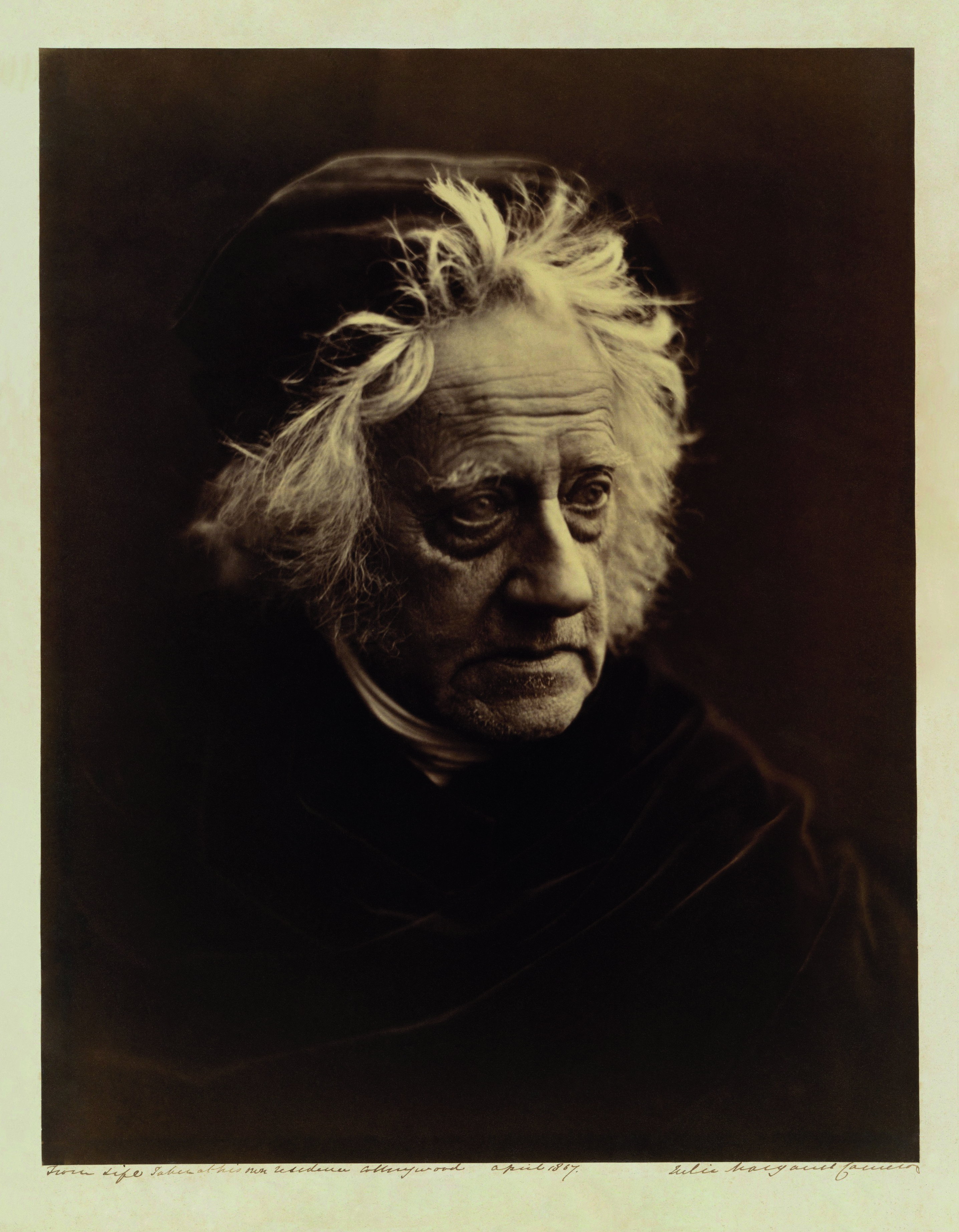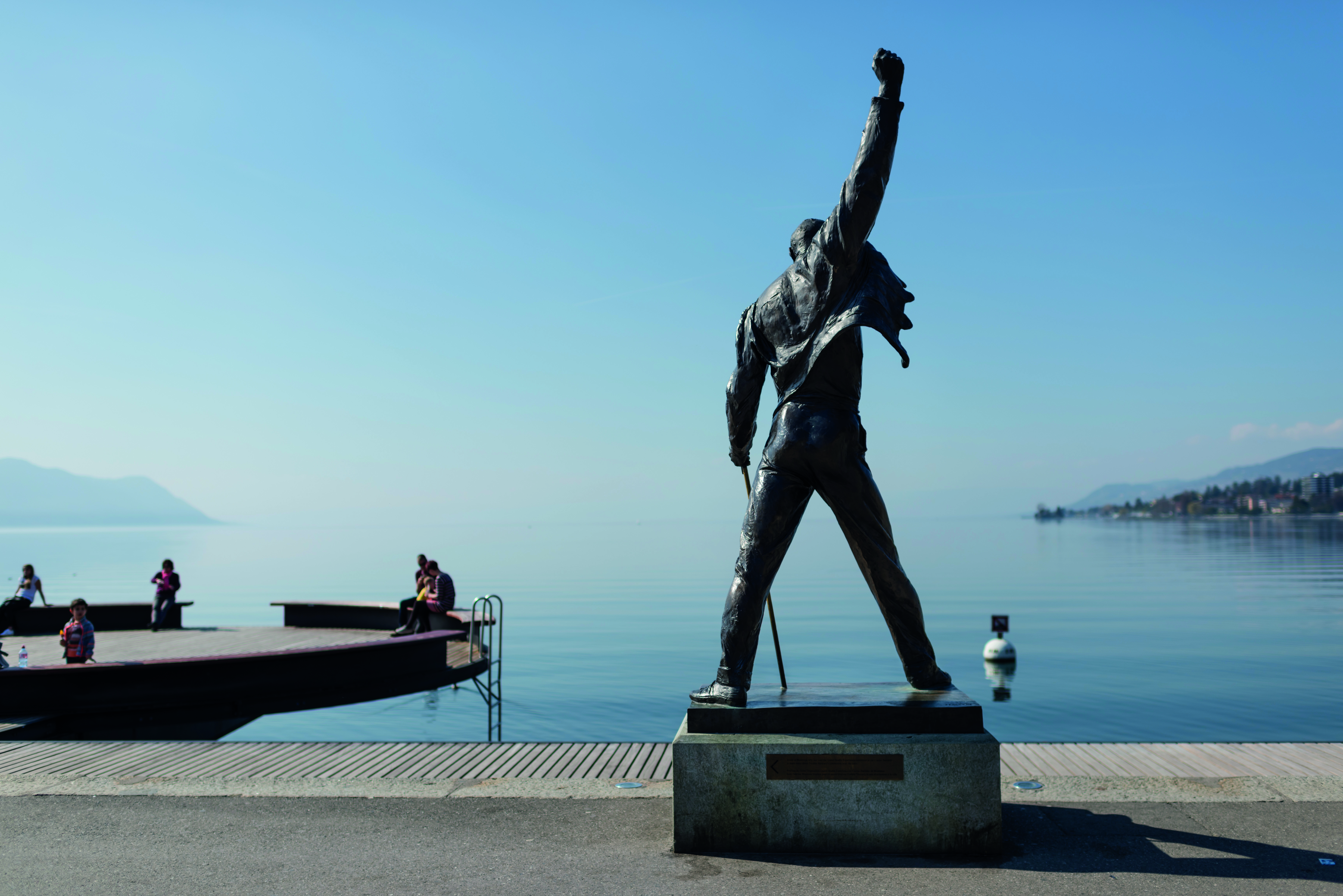What you need to know about copyright if you're a photographer
Understanding copyright will help you protect your business and practice as a photographer. We answer seven important questions to keep you up to speed

Why do we need copyright as photographers and what is its purpose? In a nutshell, copyright is there to stop anyone using your images for anything they want. Amateur photographers may think the copyright law is there to only protect professionals, and whilst it does protect professional creatives, it also applies to anyone producing any type of creative work on any level, including photography. Even a simple snapshot on your smartphone is copyrighted.
There are varying copyright protections, depending on where you are in the world. However, thanks to the Berne Convention for the Protection of Literary and Artistic Works, which was created in 1886 and has 179 country members including the UK, your work is pretty much protected the same wherever you are in the world.
Read more: How to add copyright and website details to every image
However, for the purposes of this article, we are basing our facts on UK copyright law. If you are elsewhere in the world, there may be some slight variations.
*Disclaimer: This article does not claim to offer legal advice. For legal advice regarding copyright, contact a professional service such as a solicitor or lawyer.
1. Who owns the image?
It’s simple – if you take an image, then you own the copyright to that image. Under UK copyright law, any person who ‘creates’ an image after 1st August 1989 is the owner of the image for their lifetime plus another 70 years. You don’t have to register your photographs to have them copyrighted as the law comes into existence as soon as the image is created.
But what would happen if someone else took an image on your camera – would you own the copyright? No. The person who took the image has the copyright. There was a case a while back concerning a ‘selfie’ taken by a monkey on photographer David Slater’s camera. Slater claimed he owned the copyright to the image, whereas Wikimedia Commons and the blog Techdirt claimed as the macaque took the image then the photographer didn’t have the copyright.
Get the Digital Camera World Newsletter
The best camera deals, reviews, product advice, and unmissable photography news, direct to your inbox!
Animal rights group Peta also became involved, saying the macaque should own the copyright. Slater and Peta eventually settled, with Slater agreeing to give a quarter of the funds he receives from selling the selfie to registered charities dedicated to protecting the welfare or habitat of the macaque. The image is still on Wikimedia Commons, against the wishes of the photographer, who can no longer afford to pursue his challenge.
It is possible to have joint ownership of an image if more than one party ‘created’ the image. If you have co-created an image, get your paperwork in order to avoid any legal battle over the copyright.
2. Can you sell copyright?
There may be circumstances where you might take the image but not own the copyright to the image, for example, if you are employed by a company. Most photographers employed by an organization have to sign a contract before they start work to agree to release the copyright to their employer. Legally, a contract needs to be in place if the copyright is assigned over to another person or party. Although there are many downloadable documents online, we advise that if you
want your contracts to be used as proof in a court of law, you get a professional such as a solicitor or lawyer to draw them up.

3. When did you take the image?
The copyright law in the UK is governed by the Copyright, Designs and Patents Act 1988, which came into effect on 1st August 1989. From this date, photographs taken are automatically copyrighted to the person who took the image (unless stated elsewhere in a contract) for their lifetime plus another 70 years. The 70-year period starts at the end of the calendar year in which they pass away.
For photographs taken between 1st July 1912 and 31st July 1989, the copyright belongs to the person who owns the negative or the person or party who commissioned the photograph (unless there was another agreement). Photographs taken before 1912 were owned by the photographer, unless it was taken under commission.
Once a photograph has expired from copyright it is then in the public domain.

4. Are there exceptions within the copyright law?
There are circumstances when others may access or use your work, and these come under the heading ‘exceptions and fair dealing’. For example, creative works can be used for private study, non-commercial research and teaching. On the government website under ‘Exceptions to Copyright’ it states, ‘If your use is for non-commercial research, you must ensure that the work you reproduce is supported by a sufficient acknowledgement.’ The term ‘Fair Dealing’ means being fair to the copyright owner and acknowledging their ownership. Fair dealing does not cover any commercial use of an image.
There are also exceptions if you are photographing a work that is copyrighted, for example, a building or sculpture or artwork. If that object is in a public space or premises that are open to the public then you are able to photograph it. This comes under the ‘freedom of panorama (FOP)’, a provision in the copyright law to enable photographs and video footage of copyrighted work without infringing on any copyright law that remains in force in such works.

5. Do you need to add the © symbol to your photos?
No, you don’t need to add anything to your images for them to be copyrighted to you – they are automatically your intellectual property. Intellectual property rights (IPR) are the rights granted to creators and owners of works that are the result of human intellectual creativity.
Although you don’t have to copyright your images if you are posting or uploading them online, it can be a good idea to add a watermark and the copyright symbol as extra protection. Doing so gives a clear indication to your audience that the image is owned by you. Also if an individual or company wants to track you down to use your image for commercial purposes, they can find you more easily. Adding copyright information to the metadata of your image is also a good idea.
6. What should I do if someone steals my work?
If a company or individual takes your work, this is called infringement and you have the legal right to stop them from doing so. How you pursue them is up to you, but it’s often best to avoid going to court as this can be costly. Instead, approach the individual or company directly to inform them of their breach. Once contact has been established, a resolution can usually be made. The Intellectual Property Office (IPO) offers a mediation service at a cost to parties involved in an IP-related dispute (see links and reference boxout for details).
If no resolution can be made, you have the right to take the matter to court. However, as outlined above, this can be costly and seeking legal advice is advised. As stated on the government website, a court of law can stop that person from making further infringing use of the material by granting an injunction, award the copyright owner damages, and make the infringing party give up the goods to the copyright owner.
7. What are moral and economic rights?
If you own the copyright to a piece of work, then you also have economic rights and moral rights to that image. Economic rights are the right to make commercial gain from your work by either selling the copyright or licensing the work. Under your economic rights, you can stop anyone from reproducing or distributing it.
Moral rights protect non-economic interests and include aspects such as the right to attribution (you have the right to be identified as the author), the right to object to derogatory treatment of a work and the right to object to false attribution (this is the right not to be named as the author of a work you did not create, for example, if someone tried to claim they had taken your image).
You may also need to consider moral rights when photographing people. On the government website, it states people have a right to privacy with certain photographs, films and quotes. ‘This right enables someone who has commissioned a photograph or film for private and domestic purposes to prevent it from being made available or exhibited to the public. For example, this would allow you to prevent a photographer from putting your wedding photographs on their website without your permission.’ Your moral rights cannot be sold, however, if the copyright owner wishes they can be waived.
Helpful links
If you would like to learn more about copyright, here are just some useful links and resources (most are country specific and a lot of these are UK-based)…
- Follow this link to download and find out all about UK copyright law.
- Copyright exceptions
- If you think a company or individual has taken your work, get advice here
- General copyright enquiries can be sent to: copyrightenquiries@ipo.gov.uk
Questions about other intellectual property rights, such as trademarks, designs or patents, can be sent to: information@ipo.gov.uk.
Find out more here. - Government Intellectual property mediation service.
- DACS is a not-for-profit visual artists’ rights management organization.
- Berne Convention for the Protection of Literary and Artistic Works.
Read more
The best professional cameras
The best cameras for instagram
The best website builders

Lauren is a writer, reviewer, and photographer with ten years of experience in the camera industry. She's the former Managing Editor of Digital Camera World, and previously served as Editor of Digital Photographer magazine, Technique editor for PhotoPlus: The Canon Magazine, and Deputy Editor of our sister publication, Digital Camera Magazine. An experienced journalist and freelance photographer, Lauren also has bylines at Tech Radar, Space.com, Canon Europe, PCGamesN, T3, Stuff, and British Airways' in-flight magazine. When she's not testing gear for DCW, she's probably in the kitchen testing yet another new curry recipe or walking in the Cotswolds with her Flat-coated Retriever.
